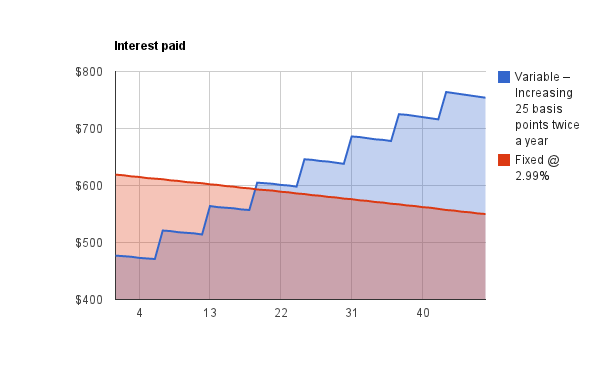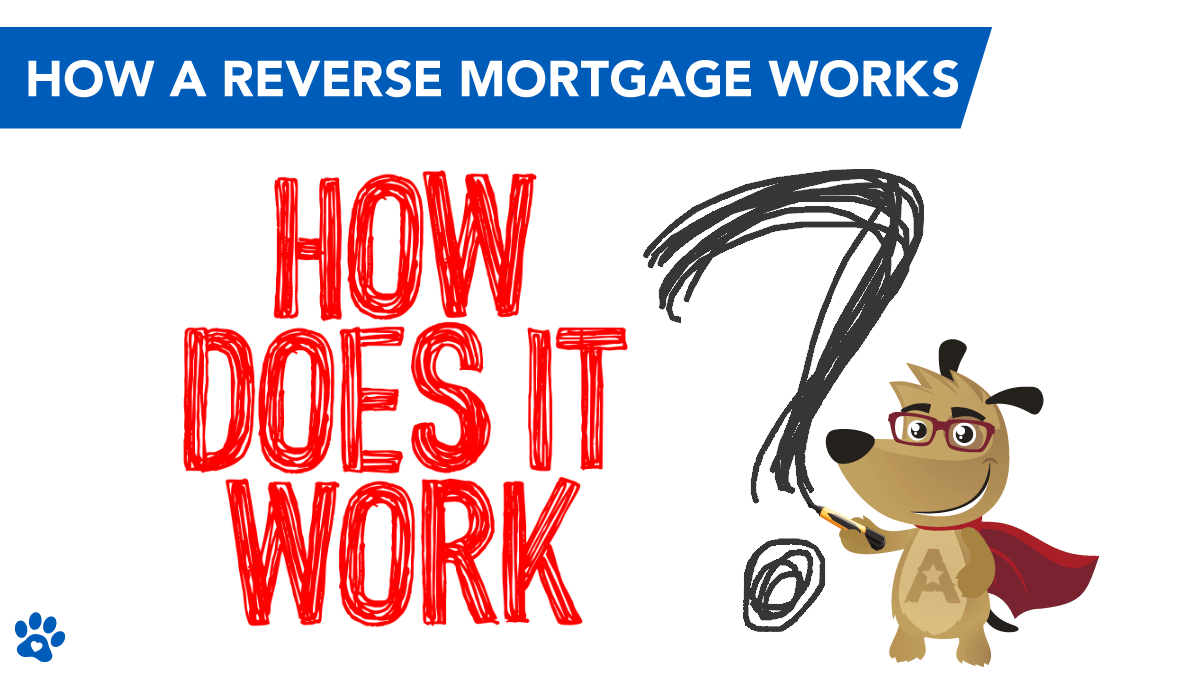When you look for a house, you may hear a little industry terminology you're not acquainted with. We've created an easy-to-understand directory site of the most typical home loan terms. Part of each month-to-month mortgage payment will approach paying interest to your lender, while another part goes toward paying down your loan balance (also referred to as your loan's principal).
Throughout the earlier years, a higher part of your payment goes towards interest. As time goes on, more of your payment goes toward paying for the balance of your loan. The deposit is the money you pay upfront to buy a house. In many cases, you have to put money to get a home mortgage.
For instance, traditional loans need as low as 3% down, but you'll need to pay a regular monthly charge (called private home loan insurance coverage) to make up for the small deposit. On the other hand, if you put 20% down, you 'd likely get a better rate of interest, and you would not have to pay for private home mortgage insurance.
Part of owning a home is spending for home taxes and property owners insurance coverage. To make it easy for you, lenders set up an escrow account to pay these costs. how do buy to let mortgages work uk. Your escrow account is managed by your loan provider and functions sort of like a bank account. Nobody makes interest on the funds held there, but the account is used to collect money so your lending institution can send out payments for your taxes and insurance coverage on your behalf.

Not all home loans include an escrow account. If your loan does not have one, you need to pay your real estate tax and house owners insurance bills yourself. Nevertheless, most lending institutions offer this alternative due to the fact that it permits them to ensure the real estate tax and insurance bills earn money. If your deposit is less than 20%, an escrow account is required.
4 Easy Facts About Understanding How Mortgages Work Described
Remember that the quantity of money you require in your escrow account depends on how much your insurance and home taxes are each year. And given that these costs may change year to year, your escrow payment will alter, too. That suggests your monthly home loan payment may increase or decrease.
There are 2 kinds of home loan rates of interest: fixed rates and adjustable rates. Fixed interest rates stay the exact same for the whole length of your home loan. If you have a 30-year fixed-rate loan with a 4% rates of interest, you'll pay 4% interest until you pay off or refinance your loan.
Adjustable rates are rates of interest that alter based upon the marketplace. A lot of adjustable rate mortgages begin with a fixed interest rate period, which typically lasts 5, 7 or ten years. During this time, your interest rate remains the same. After your set interest rate period ends, your interest rate adjusts up or down when per year, according to the marketplace.
ARMs are right for some borrowers. If you prepare to move or re-finance prior to the end of your fixed-rate period, an adjustable rate home mortgage can give you access to lower interest rates than you 'd normally discover with a fixed-rate loan. The loan servicer is the business that supervises of providing month-to-month home mortgage statements, processing payments, managing your escrow account and responding to your questions.
Lenders might sell the maintenance rights of your loan and you may not get to choose who services your loan. There are many types of mortgage. Each includes different requirements, rates of interest and benefits. Here are some of the most common types you might become aware of when you're getting a mortgage - how do home mortgages work.
What Does How Do Mortgages Work In Canada Mean?
You can get an FHA loan with a down payment as low as 3.5% and a credit rating of simply 580. These loans are backed by the Federal Real Estate Administration; this suggests the FHA will repay lenders if you default on your loan. This minimizes the risk lenders are taking on by lending you the cash; this implies lending institutions can offer these loans to debtors with lower credit report and smaller deposits.
Standard loans are often also "adhering loans," which indicates they satisfy a set of requirements specified by Fannie Mae and Freddie Mac 2 government-sponsored business that purchase loans from loan providers so they can provide home mortgages to more individuals - how do down payments work on mortgages. Standard loans are a popular option for buyers. You can get a conventional loan with just 3% down.
This contributes to your month-to-month expenses however allows you to enter into a brand-new home faster. USDA loans are just for homes in eligible rural areas (although lots of homes in the suburbs qualify as "rural" according to the USDA's meaning.). To get a USDA loan, your family earnings can't surpass 115% of the area mean income.

For some, the guarantee fees required https://www.inhersight.com/companies/best/reviews/management-opportunities by the USDA program cost less than the FHA mortgage insurance coverage premium. VA loans are for active-duty military members and veterans. Backed by the Department of Veterans Affairs, VA loans are an advantage of service for those who've served our nation. VA loans are a great choice since they let you buy a home with 0% down and no private mortgage insurance.
Each monthly payment has four significant parts: principal, interest, taxes and insurance coverage. Your loan principal is the quantity of money you have actually left to pay on the loan. For example, if you obtain $200,000 to buy a house and you pay off $10,000, your principal is $190,000. Part of your https://bestcompany.com/timeshare-cancellation/company/wesley-financial-group monthly mortgage payment will automatically go toward paying for your principal.
The Greatest Guide To How Do Mortgages Work
The interest you pay each month is based on your interest rate and loan principal. The cash you pay for interest goes directly to your mortgage provider. As your loan develops, you pay less in interest as your principal declines. If your loan has an escrow account, your monthly mortgage payment may also consist of payments for real estate tax and homeowners insurance coverage.
Then, when your taxes or insurance premiums are due, your lending institution will pay those bills for you. Your home mortgage term refers to how long you'll pay on your home mortgage. The two most typical terms are 30 years and 15 years. A longer term generally means lower monthly payments. A much shorter term generally indicates bigger month-to-month payments but huge interest savings.
For the most part, you'll require to pay PMI if your down payment is less than 20%. The cost of PMI can be included to your monthly home mortgage payment, covered by means of a one-time upfront payment at closing or a combination of both. There's likewise a lender-paid PMI, in which you pay a slightly greater rates of interest on the home mortgage rather of paying the regular monthly charge.
It is the written guarantee or agreement to repay the loan utilizing the agreed-upon terms. These terms include: Rate of interest type (adjustable or fixed) Interest rate percentage Quantity of time to repay the loan (loan term) Quantity borrowed to be paid back completely Once the loan is paid in full, the promissory note is offered back to the borrower.